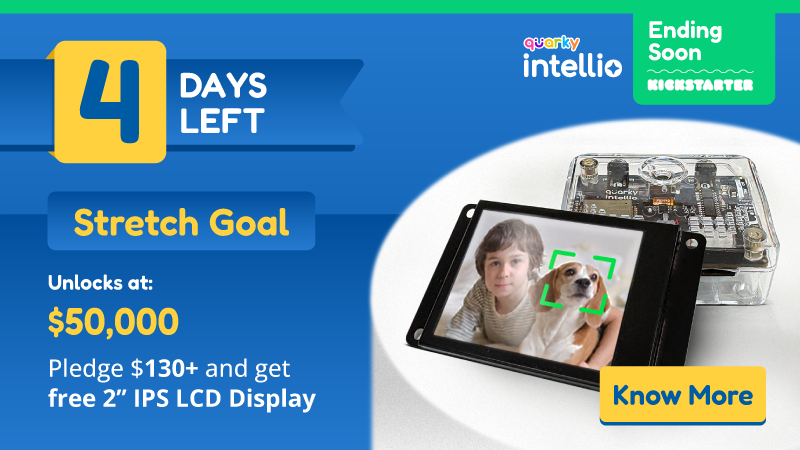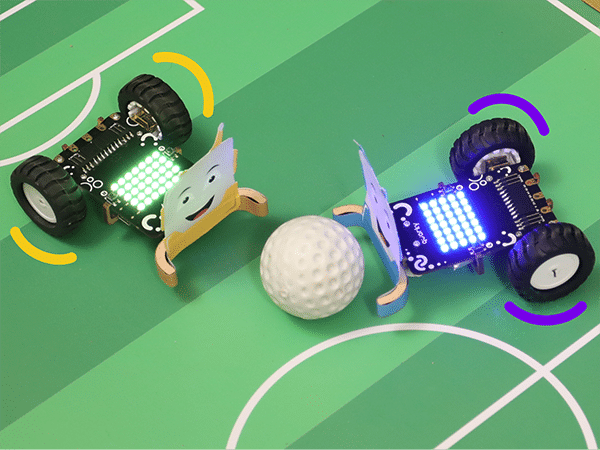
Class 11 – Coding, AI and Robotics Curriculum
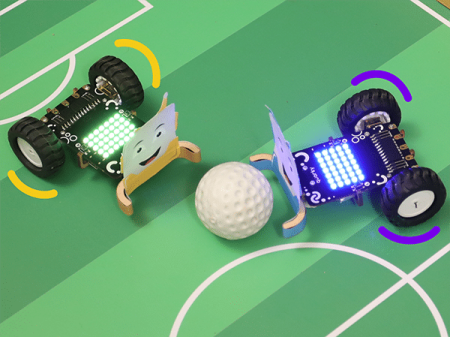
Introduction
Certified AI curriculum is aligned with international boards like CBSE / IB / IGCSE / ICSE / CSTA / CIE and specifically designed grade-wise AI syllabus for students of grade 5 to introduce them to technological activities in Artificial Intelligence, Robotics, Coding, and much more.
- Prerequisites: None
- Kits Required: AI & Robotics Lab, or AI Classroom Bundle
- Programming Software: PictoBlox (Block Coding)
Learning Outcomes
After completing this curriculum, students will have a basic understanding of robotics, coding, and artificial intelligence with the help of a wide variety of projects.
Apart from the aforementioned learning outcomes, this curriculum will also help them develop important skills such as problem-solving and debugging techniques, critical thinking, logical reasoning, and creativity.
Curriculum Lesson Plan
Module 1: Artificial Intelligence
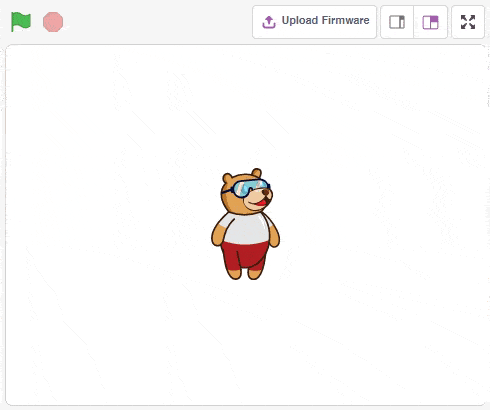
Lesson 1: Introduction to Python
- Objective: Learn about the main concept of programming, and it’s applications in the real world. Describe, about Python programming language, and how Python codes can be written in Pictoblox Python interface.
- Activity 1: This activity teaches to Identify different sections of the PictoBlox Python interface as well as the palettes in it, and start their journey in coding.
- Mode: Practical (Coding Basics)
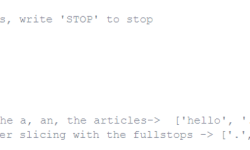
Lesson 2: Lists and Strings in Python
- Objective: Learn about Basics of Lists. Basics of Strings and string functions.
- Activity 1: This activity teaches how to make different activities, Slice and Replace, Remainder Calculator, String Case.
- Mode: Practical (Coding Basics)

Lesson 3: Introduction to Artificial Intelligence
- Objective: Learn about the concept of Artificial Intelligence. Learn about different concepts of AI. Learn where AI is used in real world.
- Activity 1: This activity teaches the basic overview about the differences between human intelligence and artificial intelligence, exploring the advantages and applications of artificial intelligence.
- Mode: Practical (Coding Basics)

Lesson 4: Types of Data
- Objective: Learn about Different types of data.
- Activity 1: This activity teaches Data Manipulation and Multiplication Bot
- Mode: Practical (Coding Basics)
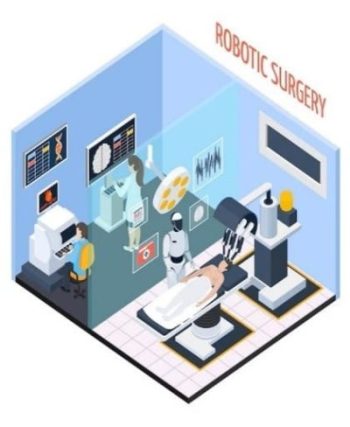
Lesson 5: Types of Learning Models
- Objective: Learn about Different types of Learning Models. Understanding the use of Rule Based Learning and Neural Networks.
- Activity 1: This activity teaches about about Rule-Based and Learning Based AI Approaches, Supervised, Unsupervised, and Reinforcement Learning Models, and Neural Networks in the class.
- Mode: Practical (Coding Basics)

Lesson 6: AI Application and Methodology
- Objective: Learn about the AI Methodology. Understand the steps of the AI Methodology.
- Activity 1: Thia activity teaches the use of Sustainable Development Goals and Data Acquisition in the class.
- Mode: Practical (Coding Basics)

Lesson 7: Introduction to Matrices and Set Theory
- Objective: Learn about Basics of Matrices. How to access elements in a matrix using Python.
- Activity 1: This activity teaches to create a Python code that will be able to multiply two given matrices using Loops.
- Mode: Practical (Coding Basics)

Lesson 8: Math for AI Part – 1
- Objective: Learn about Graphs basics. Different types of charts in Python.
- Activity 1: Thia activity teaches to create different types of graphs in Python using the matplotlib libraries.
- Mode: Practical (Coding Basics)

Lesson 9: Math for AI Part – 2
- Objective: Learn about the basics of order of operations in Python and Prompt the user to input two values for x and y.
- Activity 1: This activity teaches a function that calculates the result of an algebraic equation using the input values.
- Mode: Practical (Coding Basics)
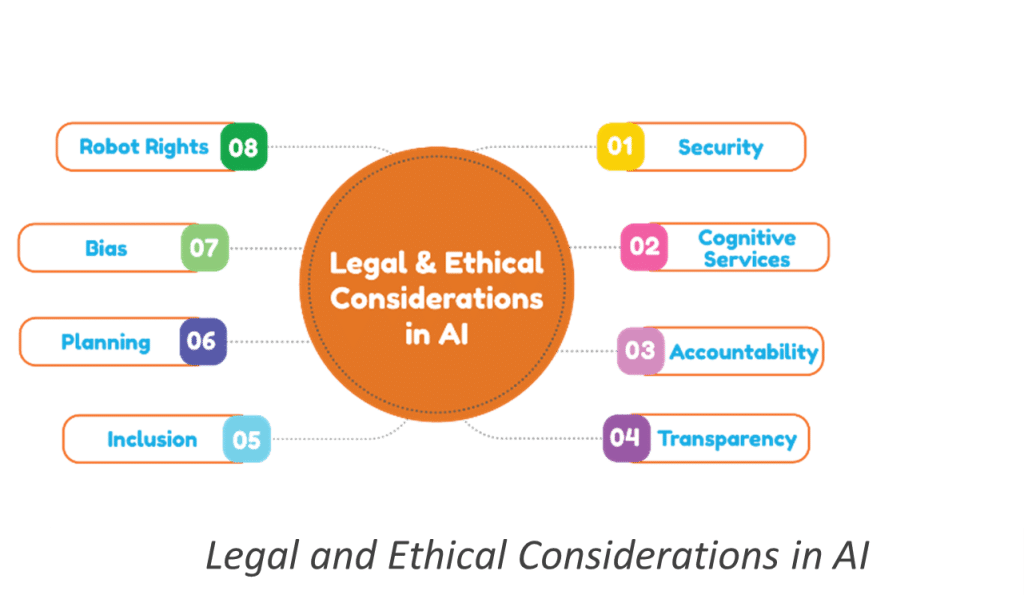
Lesson 10: AI Values: Ethical Decision Making
- Objective: Learn about what are the values that need to be considered before implementing a model or a project and grasp what are the boundaries that should be evaluated before making a model.
- Activity 1: Thia activity teaches Boundaries in AI, Bias in AI, and Proper techniques in AI.
- Mode: Practical (Coding Basics)

Lesson 11: Story Telling
- Objective: Learn about he importance of representing data and how data representation is a crucial and important step to ensure thorough understanding of the model to everyone.
- Activity 1: This activity teaches how to AI storytelling AI in courts Use case of AI storytelling.
- Mode: Practical (Coding Basics)

Lesson 12: Introduction to Numpy and Pandas
- Objective: Learn about numpy and Panda’s libraries of Python. Numpy and Pandas libraries are used to create and manipulate and create DataFrame.
- Activity 1: This activity teaches activities related to pandas and numpy.
- Mode: Practical (Coding Basics)

Lesson 13: Critical and Creative Thinking
- Objective: Learn about how Critical and Creative thinking is important to develop models in Machine Learning and Artificial Intelligence.
- Activity 1: This activity teaches common approaches for creative thinking and design, such as brainstorming, mind mapping, prototype testing, reverse engineering, and creative constraints.
- Mode: Practical (Coding Basics)
Module 2: Robotics
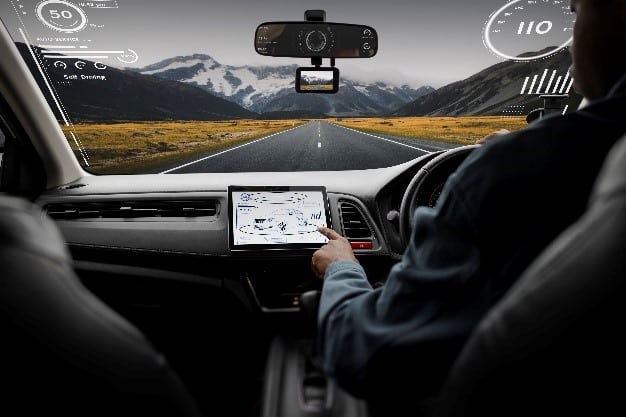
Lesson 14: AI Based Self Driving Car Part – 1
- Objective: Learn about Importance and potential benefits of self-driving cars, including improved safety, increased efficiency, improved accessibility, and reduced environmental impact.
- Activity 1: Thia activity teaches how self-driving cars work and what they can be used for.
- Mode: Practical (Coding Basics)

Lesson 15: AI Based Self Driving Car Part – 2
- Objective: Learn about the concept, potential benefits, and applications of self-driving cars, as well as to provide an example of an activity related to sign detection with AI.
- Activity 1: This activity teaches how self-driving cars work and we will implement a small code to detect the signs at first that can be used for autonomous driving.
- Mode: Practical (Coding Basics)

Lesson 16: LED Looping Patterns with Quarky – 2
- Objective: Learn about how to Make your own self-driving car by using Quarky.
- Activity 1: This activity teaches how self-driving cars work and assemble the car and continue in the previous code to create a functioning self-driving car.
- Mode: Practical (Coding Basics)
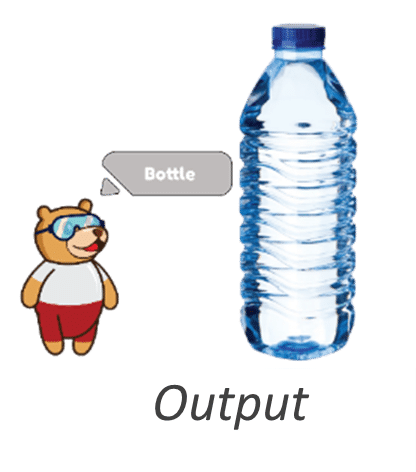
Lesson 17: AI Based Waste Collector Part – 1
- Objective: Learn about waste-collecting bots and how they are helpful to society, along with creating a model that will identify and classify objects from the camera.
- Activity 1: This activity teaches waste and differentiate types of waste i.e. Biodegradable & Non-Biodegradable Waste.
- Mode: Practical (Coding Basics)
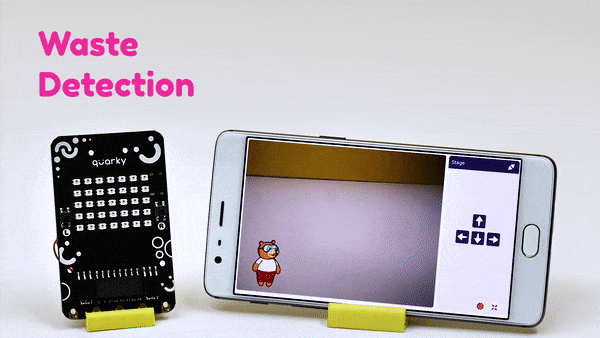
Lesson 18: AI Based Waste Collector Part – 2
- Objective: Learn about waste management and its advantages.
- Activity 1: This activity teaches how to Create and test the activity for classifying the waste.
- Mode: Practical (Coding Basics)
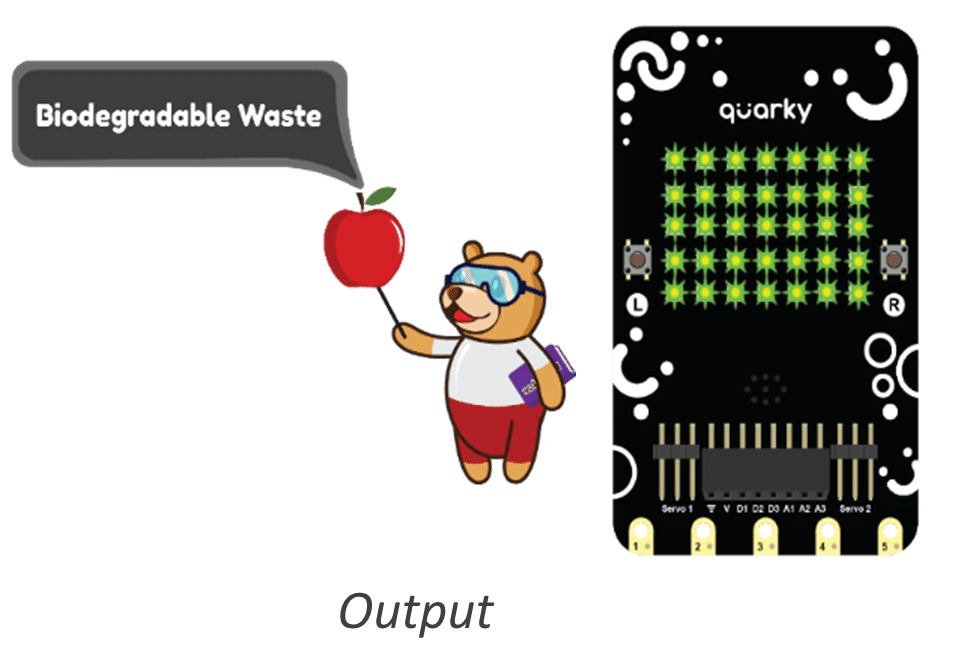
Lesson 19: AI Based Waste Collector Part – 3
- Objective: Learn about the two categories: biological and non-biological Demonstrate the sounds and patterns by using Quarky.
- Activity 1: This activity teaches how to makes a specific sound and displays a pattern, while if a non-biological object is detected, a different sound and pattern are used.
- Mode: Practical (Coding Basics)
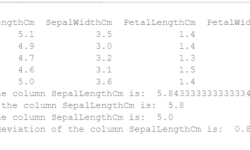
Lesson 20: Data Analysis Part – 1
- Objective: Learn about the importance of two different libraries and how efficient they are for data manipulation and data analysis.
- Activity 1: This activity teaches how to Create a small code to analyze the famous Iris dataset.
- Mode: Practical (Coding Basics)
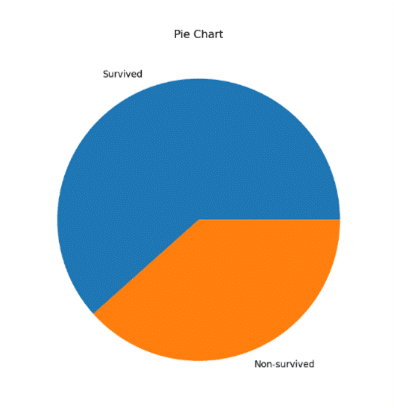
Lesson 21: Data Analysis Part – 2
- Objective: Learn about plot the imported data using the given plotting library like Matplotlib along with Panda’s library to plot various types of graphs.
- Activity 1: This activity teaches data visualization and Explain the application of data visualization Use Matplotlib and Panda lib in your activity – visualizing data.
- Mode: Practical (Coding Basics)
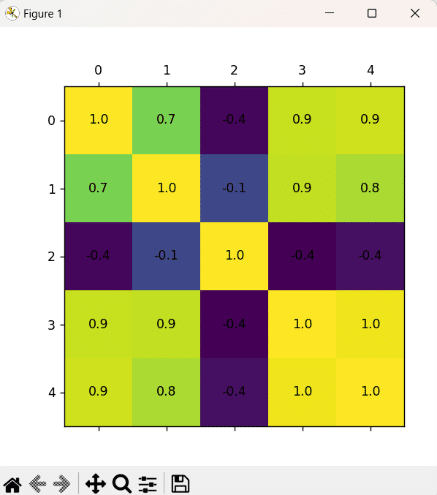
Lesson 22: Data Analysis Part – 3
- Objective: Learn about to plot the correlation between two columns of a simple dataset and why it is important to evaluate important features.
- Activity 1: This activity teaches The relationship between different columns in a data set can be analyzed to understand how they affect each other. There are several techniques for analyzing the relationship between columns.
- Mode: Practical (Coding Basics)

Lesson 23: Regression Part –1
- Objective: Learn about how to use correlation to drop irrelevant columns in PictoBlox.
- Activity 1: This activity teaches the basics of Regression and mplement the same in the versatile Machine Learning Environment of Pictoblox Software.
- Mode: Practical (Coding Basics)

Lesson 24: Regression Part –2
- Objective: Learn about understanding of a few key evaluation metrics. Train and test a regression model.
- Activity 1: Thia activity teaches how to analyze the result of the regression project by observing the MAE(Mean Absolute Error) and MSE (Mean Squared Error) Graphs.
- Mode: Practical (Coding Basics)
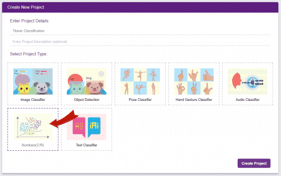
Lesson 25: Classification Part –1
- Objective: Learn about the process of classifications. Explain various algorithms for classifications.
- Activity 1: This activity teaches the pre-processing datasets techniques. Perform the Machine learning Environment extension in PictoBlox.
- Mode: Practical (Coding Basics)

Lesson 26: Classification Part –2
- Objective: Learn about the types of classifications and the steps involved in a classification.
- Activity 1: Thia activity teaches the types of classifications and the steps involved in a classification.
- Mode: Practical (Coding Basics)
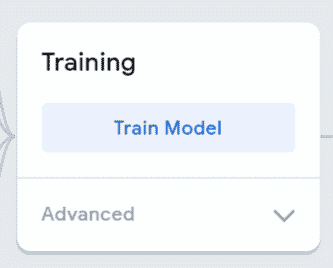
Lesson 27: Classification Part –3
- Objective: Learn about Train and test the model for the classification project.
- Activity 1: This activity teaches how to Export your model in the python coding platform.
- Mode: Practical (Coding Basics)
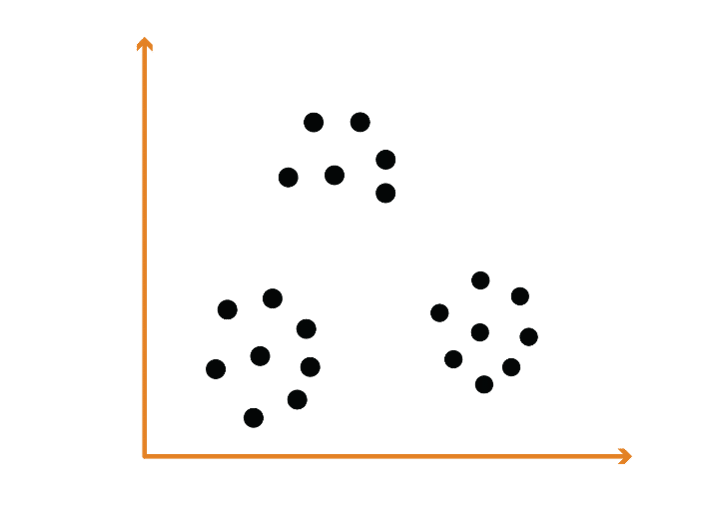
Lesson 28: Clustering
- Objective: Learn about the clustering algorithm. Describe the types of clustering algorithms.
- Activity 1: Thia activity teaches the application of clustering in real life.
- Mode: Practical (Coding Basics)

Lesson 29: AI Values – Bias Awareness
- Objective: Learn about bias and its reason. Create a biased cat vs dog classifier activity.
- Activity 1: This activity teaches how to Collect and upload the data with the help of a webcam for two different model class. Train those models and test the model.
- Mode: Practical (Coding Basics)

Lesson 30: Robot Pet
- Objective: Learn about detection technique activity by using an IR sensor.
- Activity 1: Thia activity teaches how to Make the robot execute a certain action when it detects a hand.
- Mode: Practical (Coding Basics)
How to execute this curriculum?
If you are a school, activity center, or institution looking to implement the coding, Artificial Intelligence, and Robotics curriculum, you are then at the right place. STEMpedia provides the right ecosystem to implement it.
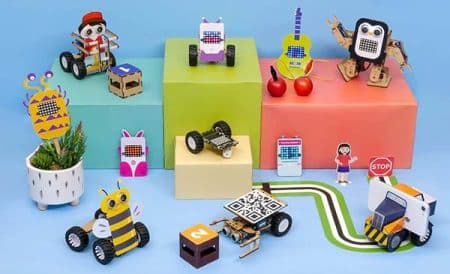
AI & Robotics Lab and Classroom Bundles
Equip your school with a Next-Gen AI laboratory along with the best AI-learning kits Quarky, DIY kits like Mars Rover and Humanoid, consumables, and hands-on projects and activities making your students AI learning journey superfun!
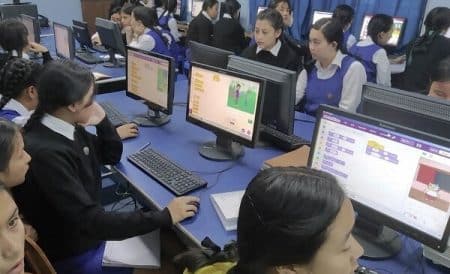
Coding and AI Platform
Get unlimited access to AI-ML projects like face detection, object classification, machine learning models, self-driving car, and speech recognition with PictoBlox – programming software for schools with Block & Python coding environment! Avail of premium features like bulk account creation and assignment submission with AI Lab.

Teacher Development Programs
For delivering Artificial Intelligence and Machine Learning education to students, our master AI trainers will train and upskill the computer science teachers, STEM faculty, and school IT staff. We provide dedicated live training sessions and curated short courses for teachers.

Structured Curriculum & Resources
Certified AI curriculum is aligned with international boards like CBSE/IB/IGCSE/ICSE/CSTA/CIE and specifically designed grade-wise AI syllabus for students of grades 3rd to 12th to introduce them to technological activities in Artificial Intelligence, Robotics, Coding, and much more.
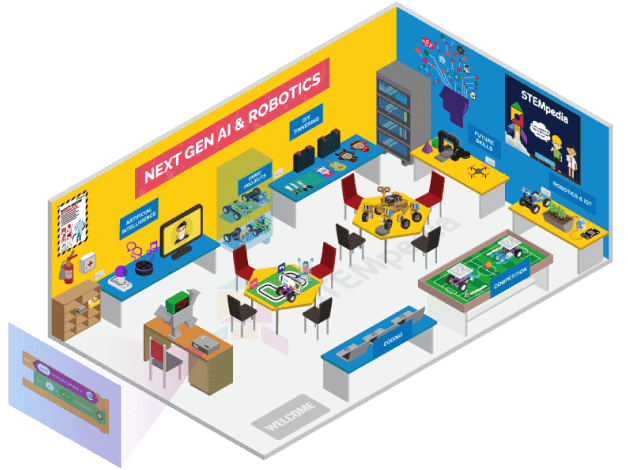
AI and Robotics Lab
Cubicle of knowledge offering AI & Robotics education with a comprehensive curriculum, interactive robots, hands-on projects, and real-life applications!
Contact Us
Implement this curriculum at your School / Activity Center!
Explore Other AI & Robotics Class-wise Curriculum





